MEDICAL EYE CARE
Many health conditions can cause vision loss. Medical eye exams can help manage and diagnose many diseases.
MEDICAL EYE CARE
Many health conditions can cause vision loss. Medical eye exams can help manage and diagnose many diseases.
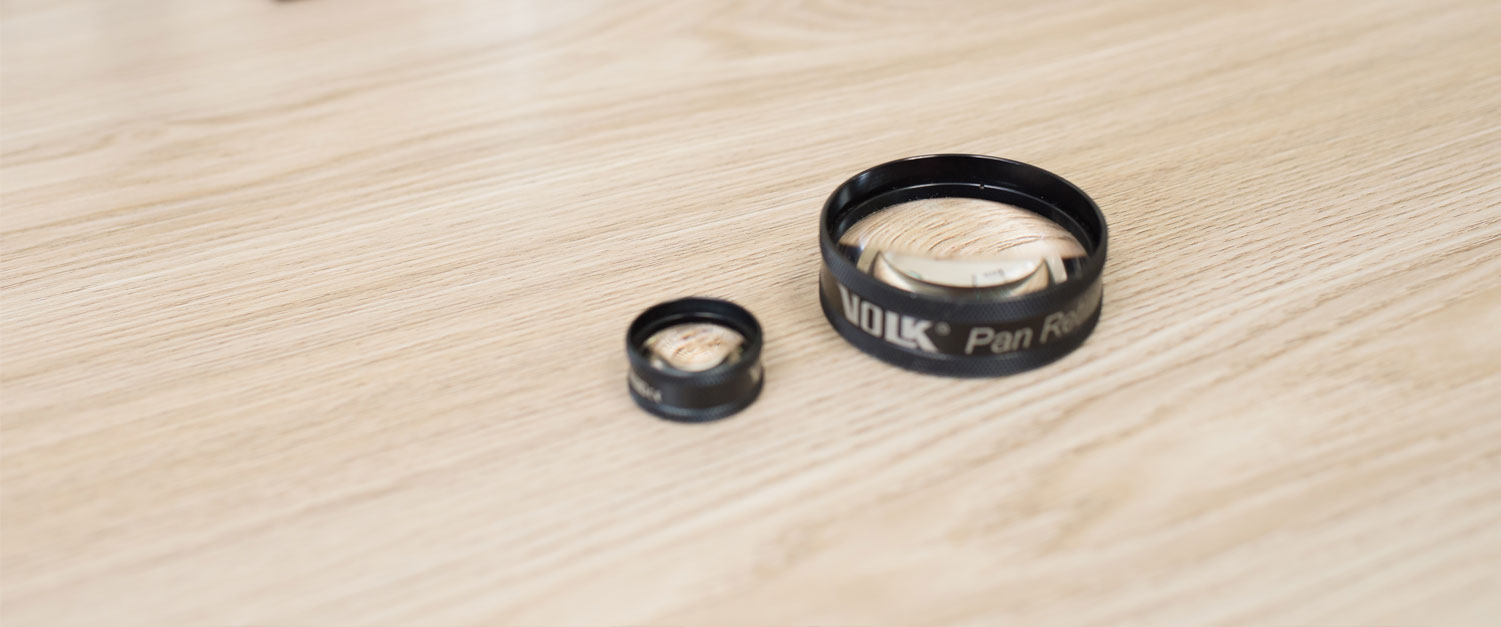
Edward Gorak
“EXCELLENT PATIENT EXPERIENCE. DR. SCOTT CARLTON AND HER STAFF ARE CARING, EMPATHETIC, PERSONABLE AND THOUGHTFUL.”
Edward Gorak
“EXCELLENT PATIENT EXPERIENCE. DR. SCOTT CARLTON AND HER STAFF ARE CARING, EMPATHETIC, PERSONABLE AND THOUGHTFUL.”
That’s why, at Palm Valley Eye, we do everything we can to make ourselves available to our patients, and to make sure you receive a thorough comprehensive eye exam at least once a year. That’s what compassionate eye care is all about.
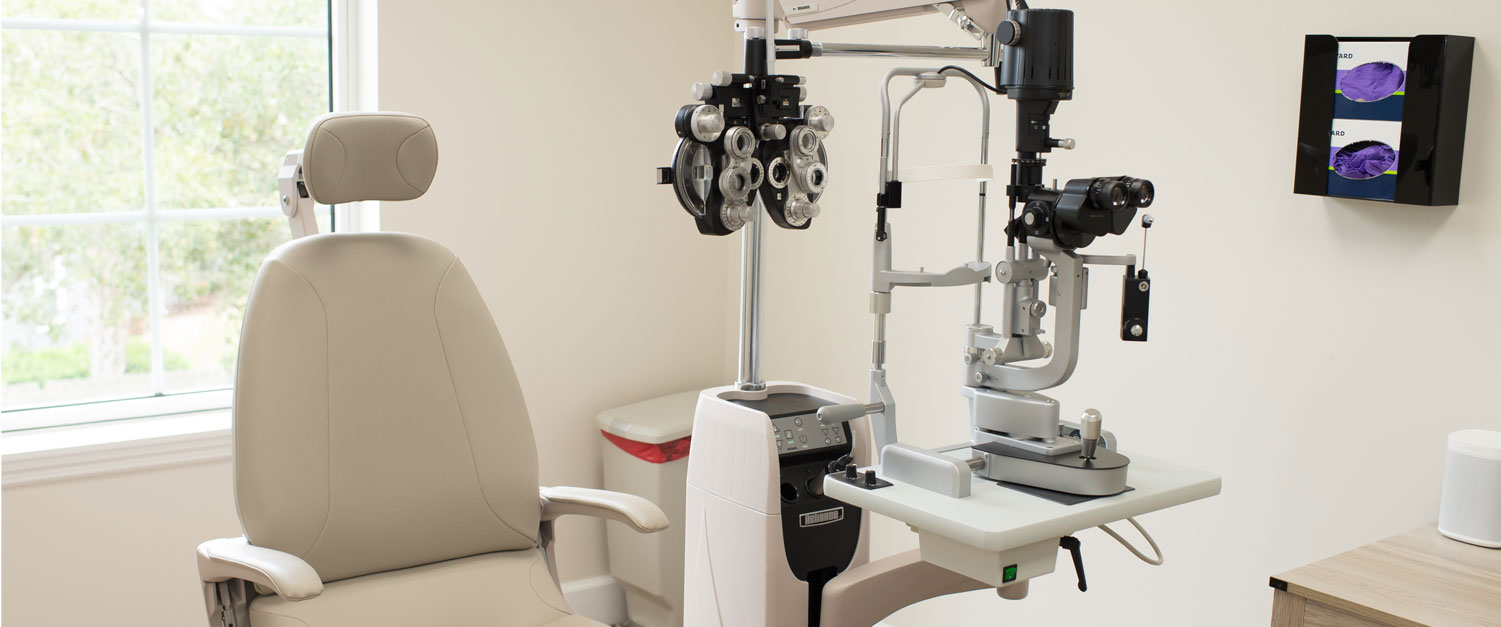
MEDICAL EYE CONDITIONS WE TREAT
(Click On A Condition To Read More)
Palm Valley Eye Medical Solutions
DRY EYE SYNDROME
It is a common problem caused by a wide range of conditions.
Symptoms of Dry Eye
People often experience dry eye as they age. Symptoms include foreign body sensation, burning, gritty or sandy sensation, stinging, dryness, eye redness, discomfort in contact lenses, and sensitivity to light.
In some patients, dry eye may be related to an underlying systemic condition, such as rheumatoid arthritis, Sjogrens disease, or medications.

It is a common problem caused by a wide range of conditions.
Symptoms of Dry Eye
People often experience dry eye as they age. Symptoms include foreign body sensation, burning, gritty or sandy sensation, stinging, dryness, eye redness, discomfort in contact lenses, and sensitivity to light.
In some patients, dry eye may be related to an underlying systemic condition, such as rheumatoid arthritis, Sjogrens disease, or medications.
Treatment of Dry Eye
For most patients, mild symptoms can be managed with over-the-counter lubricants and attention to environmental influences. More serious and persistent symptoms require evaluation for underlying conditions. Treatments in these cases vary and are best discussed with your doctor.
Treatment of Dry Eye
For most patients, mild symptoms can be managed with over-the-counter lubricants and attention to environmental influences. More serious and persistent symptoms require evaluation for underlying conditions. Treatments in these cases vary and are best discussed with your doctor.
In many cases simple lifestyle changes can help including:
• Avoiding environmental irritants
• Using recommended over-the-counter lubricating drops regularly
• Attention to lid margin and oil gland hygiene
• Eliminating medications that may be responsible
• Adding Omega-3 fatty acids to your diet
• Taking supplements recommended by your doctor
If these methods are unsuccessful, the following treatments may be an option:
• Prescription eye drops
• Prescription oral medications
• Insertion of punctal plugs to limit tear drainage
• Punctal cautery to permanently close tear drainage
• Amniotic membrane placement
• Surgical correction of eyelid anatomy or tarsorrhaphy in severe cases
EYE IRRITATION
EYE IRRITATION
GLAUCOMA
The damage caused by glaucoma cannot be reversed. Regular checkups and appropriate treatment are the best methods to slow or prevent vision loss, especially if caught in the early stages.
What is Glaucoma?
Glaucoma is the deterioration of the optic nerve as a result of abnormal eye pressure. Studies show that other factors likely contribute to disease, which is why some patients have “normal” pressure glaucoma.
Symptoms of Glaucoma
• Often Asymptomatic
• Peripheral Vision Loss
• Painless
How We Test for Glaucoma
Glaucoma testing includes intraocular pressure measurement, measurement of your corneal thickness, clinical examination of your ocular structures and optic nerve, and formal testing with visual fields and nerve fiber layer OCT imaging. At Palm Valley Eye, we generally spread these tests out over separate visits to make the examination more comfortable.
Glaucoma Treatments
Glaucoma Treatments
Treatments for glaucoma include prescription eye drops, laser treatment, minimally invasive surgical implants, and surgery with a drainage device or trabeculectomy.
Laser Iridotomy
The “angle” is the space between the clear part of the eye (cornea), and the colored part (iris). It contacts the main structure that directs fluid out of the eye.
In closed angle glaucoma, the angle is closed in many or most areas, causing increased eye pressure, optic nerve damage and possible vision loss. The laser creates a hole in the outer edge of the iris, which widens (opens) the angle and enhances fluid outflow.
While this procedure will not improve your vision, it is intended to preserve vision and prevent glaucoma from progressing.
Selective Laser Trabeculoplasty
Laser energy is applied to the drainage structure in the angle of the eye. This causes a chemical and biological change in the tissue that results in better drainage of fluids out of the eye, and a lowering of the pressure in a large number of patients.
SLT lowers the intraocular pressure by about 30% in responsive patients. Your doctor may have you continue your regular glaucoma drops after the procedure. SLT may be performed more than once and generally is effective for several years. SLT is considered safe and is performed as an outpatient procedure.
While this procedure will not improve your vision, it is intended to preserve vision and prevent glaucoma from progressing.
MACULAR DEGENERATION
In early stages, vision may not be affected. Progression of the disease may lead to blurred or distorted central vision or eventual permanent vision loss. Urgent treatment with vision changes is imperative to prevent permanent vision loss. In some stages of disease, progression may be slowed by vitamin use.
Specifics of Macular Degeneration
Macular Degeneration is caused by the deterioration of the central portion of the retina, known as the macula. The macula is responsible for central vision and controls our ability to read, drive a car, recognize faces and see objects in detail.
Patients with ARMD may experience partial vision loss, blurred vision, distorted vision, or see waves and spots in their vision. It is painless and may worsen slowly over time or suddenly cause vision changes.
ARMD is currently considered an incurable disease, but if caught early through regular eye exams, the risks can be reduced or the progression slowed.
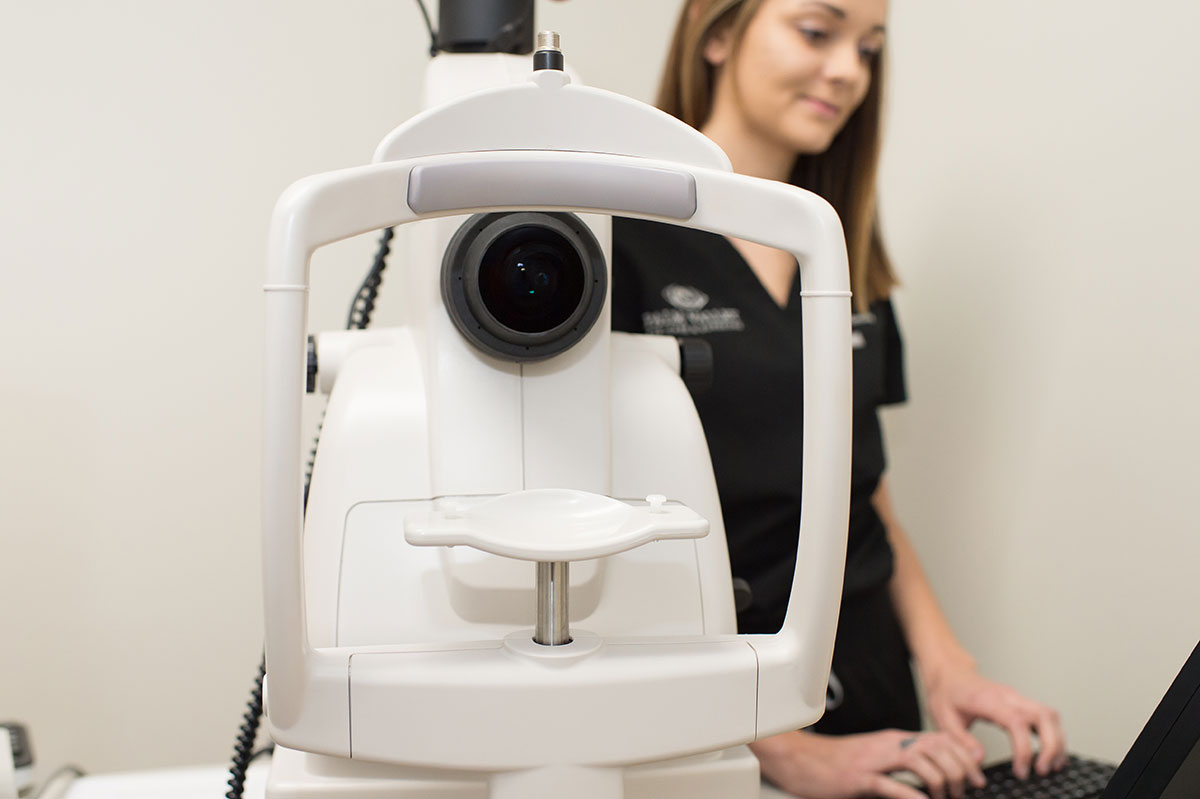
In early stages, vision may not be affected. Progression of the disease may lead to blurred or distorted central vision or eventual permanent vision loss. Urgent treatment with vision changes is imperative to prevent permanent vision loss. In some stages of disease, progression may be slowed by vitamin use.
Specifics of Macular Degeneration
Macular Degeneration is caused by the deterioration of the central portion of the retina, known as the macula. The macula is responsible for central vision and controls our ability to read, drive a car, recognize faces and see objects in detail.
Patients with ARMD may experience partial vision loss, blurred vision, distorted vision, or see waves and spots in their vision. It is painless and may worsen slowly over time or suddenly cause vision changes.
ARMD is currently considered an incurable disease, but if caught early through regular eye exams, the risks can be reduced or the progression slowed.
Macular Degeneration Treatments
Macular Degeneration Treatments
Treatments for Early Dry ARMD
An important part in this stage of disease is close monitoring for new vision changes, which may signify conversion to “wet” ARMD. This is done most commonly by using an Amsler grid.
Treatments for Wet ARMD
EYE PAIN
EYE PAIN
ALLERGIES
Symptoms: Itching, Tearing, Redness, Foreign body sensation
Treatments: Avoid exposure to known airborne allergens, such as pollen. Avoid rubbing your eyes. Topical lubricating drops, oral allergy medications, and topical prescription drops may be used.
ALLERGIES
Symptoms: Itching, Tearing, Redness, Foreign body sensation
Treatments: Avoid exposure to known airborne allergens, such as pollen. Avoid rubbing your eyes. Topical lubricating drops, oral allergy medications, and topical prescription drops may be used.
AMBLYOPIA
The best time to correct amblyopia is during infancy or early childhood. The American Academy of Pediatric Ophthalmology and American Academy of Pediatrics recommend screening as a newborn in the hospital, by 6 months with their pediatrician well visits, use of photo screening devices with the pediatrician well visits starting at ages 1-2, and again at ages 3-4.
Treatment of amblyopia is most successful when caught early. The goal of treatment is to force the child to use the weak eye. Treatments often include prescription glasses, patching, use of eye drops, and occasionally surgery to correct any muscle (strabismus) abnormalities.
BLEPHARITIS
Some patients with systemic conditions like rosacea are more prone to developing blepharitis.
CONJUNCTIVITIS (“PINK EYE”)
Symptoms commonly include eye redness, eyelid swelling, crusting or sticking of the lids together, rope-like discharge, tearing, itching, burning, light sensitivity, and foreign body sensation. Usually both eyes are involved, although symptoms may start in one eye and go to the other, or one eye may be worse than the other.
Treatment of conjunctivitis varies based on the underlying condition.
– In conjunction with a runny nose, cough, or congestion, a viral cause is most likely and it is important to use appropriate hygiene to avoid spreading to others. Viral conjunctivitis is highly contagious and you should avoid contact with others, wash your hands with soap regularly, avoid touching your face and eyes, throw away contaminated cosmetic products, and avoid reuse of towels and pillow cases. Antibiotics do not treat viruses, but patients can obtain comfort through use of cold lubricating drops, cold compresses, and occasionally prescription drops from their eye doctor.
– Bacterial conjunctivitis is a rare, but serious condition. Usually only one eye is involved and symptoms of eye swelling, lid swelling, and redness may be severe. Thick white or yellow discharge (purulent) is a feature. Bacterial conjunctivitis requires evaluation and treatment by your ophthalmologist with topical prescription drops and occasionally oral medications.
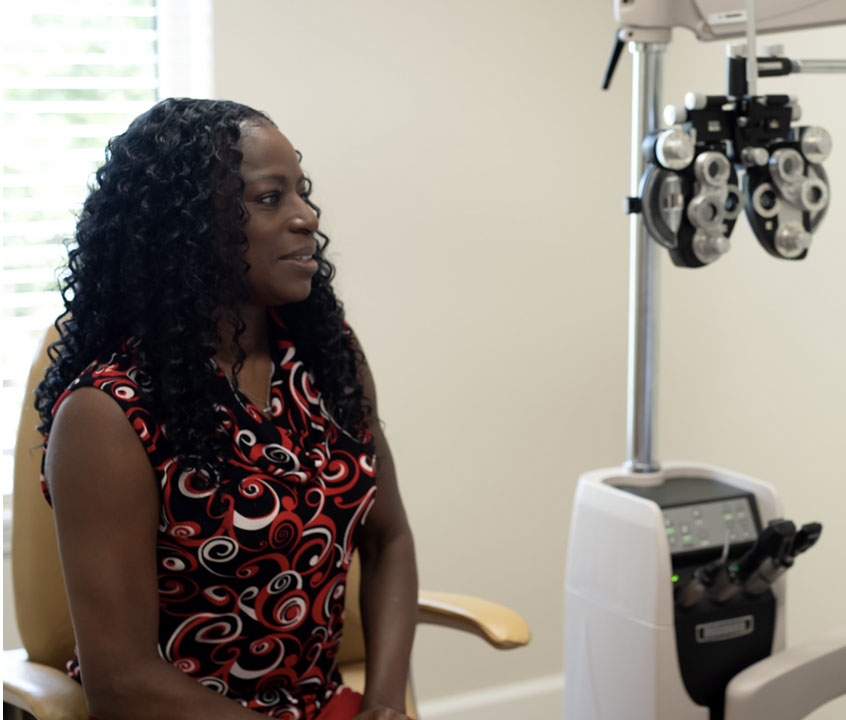
Symptoms commonly include eye redness, eyelid swelling, crusting or sticking of the lids together, rope-like discharge, tearing, itching, burning, light sensitivity, and foreign body sensation. Usually both eyes are involved, although symptoms may start in one eye and go to the other, or one eye may be worse than the other.
Treatment of conjunctivitis varies based on the underlying condition.
– In conjunction with a runny nose, cough, or congestion, a viral cause is most likely and it is important to use appropriate hygiene to avoid spreading to others. Viral conjunctivitis is highly contagious and you should avoid contact with others, wash your hands with soap regularly, avoid touching your face and eyes, throw away contaminated cosmetic products, and avoid reuse of towels and pillow cases. Antibiotics do not treat viruses, but patients can obtain comfort through use of cold lubricating drops, cold compresses, and occasionally prescription drops from their eye doctor.
– Bacterial conjunctivitis is a rare, but serious condition. Usually only one eye is involved and symptoms of eye swelling, lid swelling, and redness may be severe. Thick white or yellow discharge (purulent) is a feature. Bacterial conjunctivitis requires evaluation and treatment by your ophthalmologist with topical prescription drops and occasionally oral medications.
CORNEAL DYSTROPHY
Anterior Basement Membrane Dystrophy is a disorder that causes the cells on the very top, or front part of the eye, (the epithelium) to stick together poorly. Patients often complain of waking up with eye pain or scratches. ABMD can also cause frequent changes in glasses prescriptions and dry eye symptoms. Treatment varies based on the severity and typically involves use of lubricating drops, prescription drops, contact lenses, and occasionally surgical or laser treatments.
CORNEAL INFECTION OR ULCER
DIABETIC RETINOPATHY
Diabetes leads to damaged blood vessels in the retina and can cause bleeding, loss of oxygen to the retina tissue (cotton wool spots), build up of waste products (drusen and exudates), and swelling of the retina (macular edema). In the early stages, known as non-proliferative diabetic retinopathy, changes can be reversed with good control of blood sugar, blood pressure, and cholesterol.
In advanced stages, known as proliferative diabetic retinopathy, dangerous blood vessels grow from the retina and cause bleeding into the eye, growth of scar tissue, neovascular glaucoma, and traction retinal detachments. These changes often lead to irreversible blindness. The severe stage of diabetic retinopathy requires treatment with lasers, injections, and often surgery. The best way to prevent vision loss from diabetic retinopathy is to ensure early detection through regular dilated examinations and maintain good control of your blood sugar, blood pressure, and cholesterol.
DIABETIC RETINOPATHY
Diabetes leads to damaged blood vessels in the retina and can cause bleeding, loss of oxygen to the retina tissue (cotton wool spots), build up of waste products (drusen and exudates), and swelling of the retina (macular edema). In the early stages, known as non-proliferative diabetic retinopathy, changes can be reversed with good control of blood sugar, blood pressure, and cholesterol.
In advanced stages, known as proliferative diabetic retinopathy, dangerous blood vessels grow from the retina and cause bleeding into the eye, growth of scar tissue, neovascular glaucoma, and traction retinal detachments. These changes often lead to irreversible blindness. The severe stage of diabetic retinopathy requires treatment with lasers, injections, and often surgery. The best way to prevent vision loss from diabetic retinopathy is to ensure early detection through regular dilated examinations and maintain good control of your blood sugar, blood pressure, and cholesterol.
FLASHES AND FLOATERS
RETINAL TEAR OR DETACHMENT
Symptoms of flashes, floaters, appearance of a curtain, or loss of parts of the vision could all be signs of a retinal tear or detachment and require urgent evaluation with your ophthalmologist.
Patients with a history of high myopia (near sightedness), lattice degeneration, prior eye surgery, prior history of retinal tears/detachment, prior eye injury or family history are at increased risk.
Retinal tears and breaks are treated with laser, and occasionally injection of a gas bubble into the eye. Retinal detachments often require surgical repair.
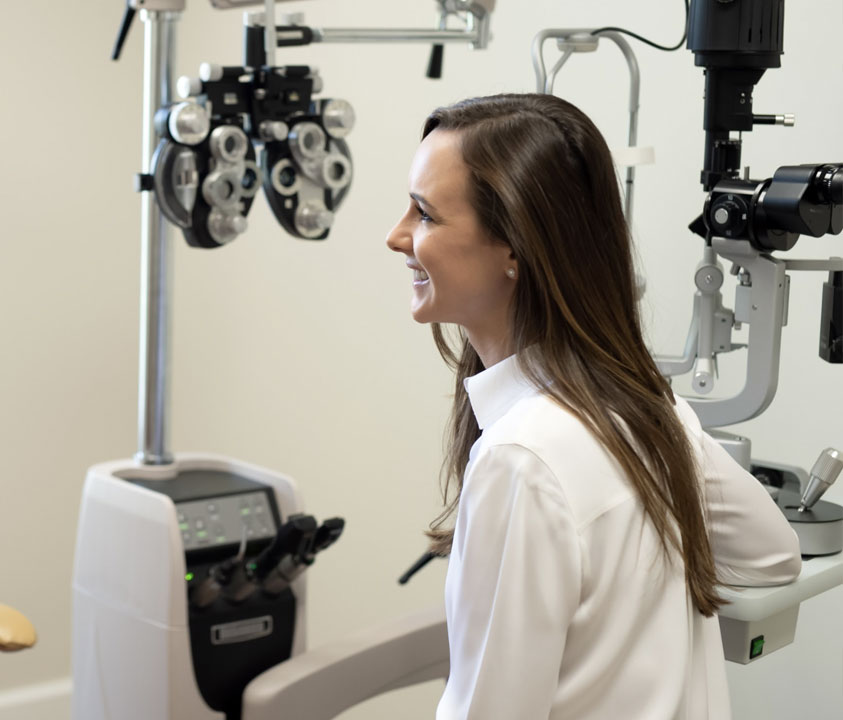
Symptoms of flashes, floaters, appearance of a curtain, or loss of parts of the vision could all be signs of a retinal tear or detachment and require urgent evaluation with your ophthalmologist.
Patients with a history of high myopia (near sightedness), lattice degeneration, prior eye surgery, prior history of retinal tears/detachment, prior eye injury or family history are at increased risk.
Retinal tears and breaks are treated with laser, and occasionally injection of a gas bubble into the eye. Retinal detachments often require surgical repair.
HALOS
HALOS
HERPES SIMPLEX KERATITIS
Treatment of herpes keratitis involves oral and topical prescription medications. Because this disease can recur, it is important to be followed by an ophthalmologist regularly to avoid corneal scarring and loss of vision.
HERPES SIMPLEX KERATITIS
Treatment of herpes keratitis involves oral and topical prescription medications. Because this disease can recur, it is important to be followed by an ophthalmologist regularly to avoid corneal scarring and loss of vision.
IRITIS (UVEITIS)
Iritis or uveitis is a serious condition and requires evaluation and treatment with your ophthalmologist. Without treatment, inflammation in the eye can lead to scarring, vision loss, glaucoma, and blindness.
KERATOCONUS
There are many ways to manage keratoconus including use of glasses, soft contact lenses, and hard contact lenses. In the early stages of keratoconus, patients may be eligible for corneal cross linking to slow progression of the changes in corneal shape. Episodes of hydrops are often treated with topical eye drops and occasionally use of an air bubble inside the eye. When patients have severe disease or scarring, corneal transplant surgery may be needed.
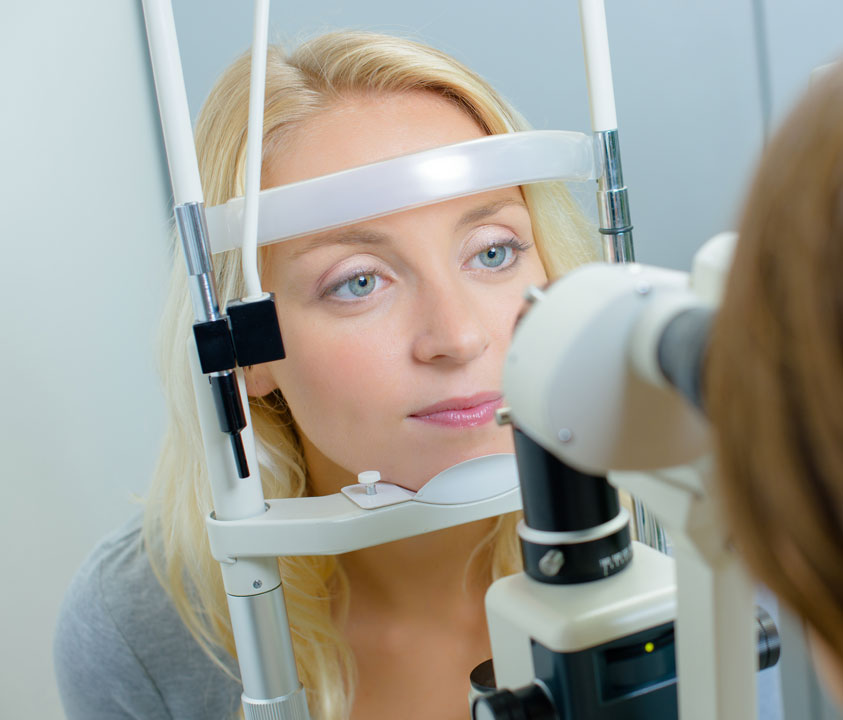
There are many ways to manage keratoconus including use of glasses, soft contact lenses, and hard contact lenses. In the early stages of keratoconus, patients may be eligible for corneal cross linking to slow progression of the changes in corneal shape. Episodes of hydrops are often treated with topical eye drops and occasionally use of an air bubble inside the eye. When patients have severe disease or scarring, corneal transplant surgery may be needed.
PINGUECULA
PINGUECULA
PTERYGIUM
PRESBYOPIA
Occasionally, patients may note over time that they have developed the ability to read again, or as we call it “second sight”. This is typically related to the progressive increase in the lens density or cataract, which is a refractive phenomenon, and associated with decreased distance vision.
PRESBYOPIA
Occasionally, patients may note over time that they have developed the ability to read again, or as we call it “second sight”. This is typically related to the progressive increase in the lens density or cataract, which is a refractive phenomenon, and associated with decreased distance vision.
LARGE OR SMALL PUPIL
LARGE OR SMALL PUPIL
DROOPING EYELID (PTOSIS)
DROOPING EYELID (PTOSIS)
SHINGLES (HERPES ZOSTER)
Treatment of herpes zoster involves oral and topical prescription medications. Because this disease can recur, it is important to be followed by an ophthalmologist regularly to avoid corneal scarring and loss of vision.
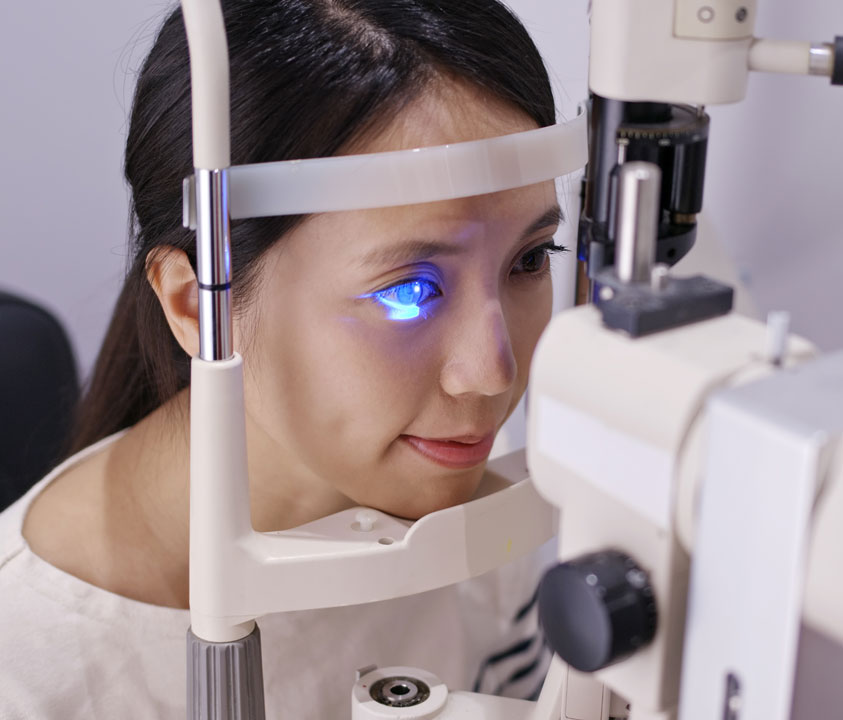
Treatment of herpes zoster involves oral and topical prescription medications. Because this disease can recur, it is important to be followed by an ophthalmologist regularly to avoid corneal scarring and loss of vision.
STYE
STYE
Improve Your Vision at Palm Valley Eye Care & Surgeons.
Fill out our request appointment form to find out how we can help or call our clinic to learn more.
Most major insurances are accepted.
